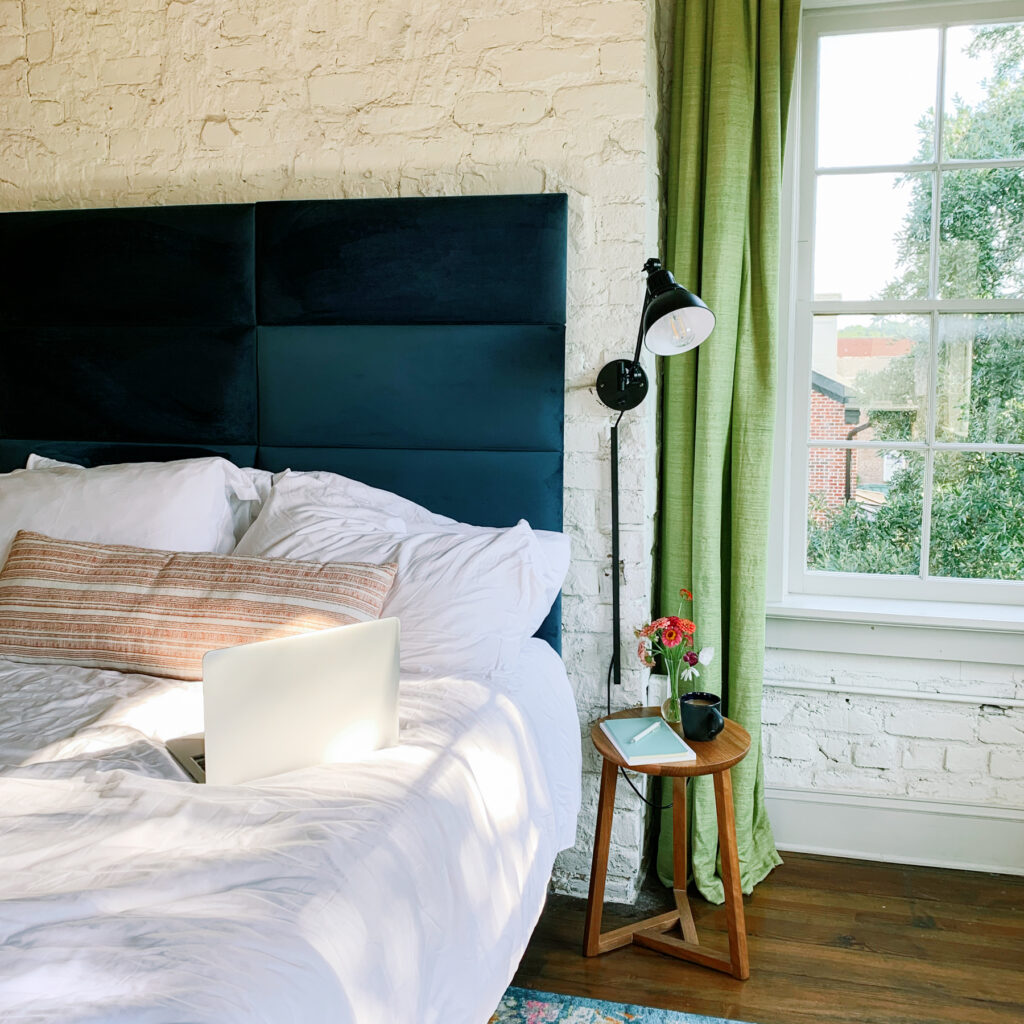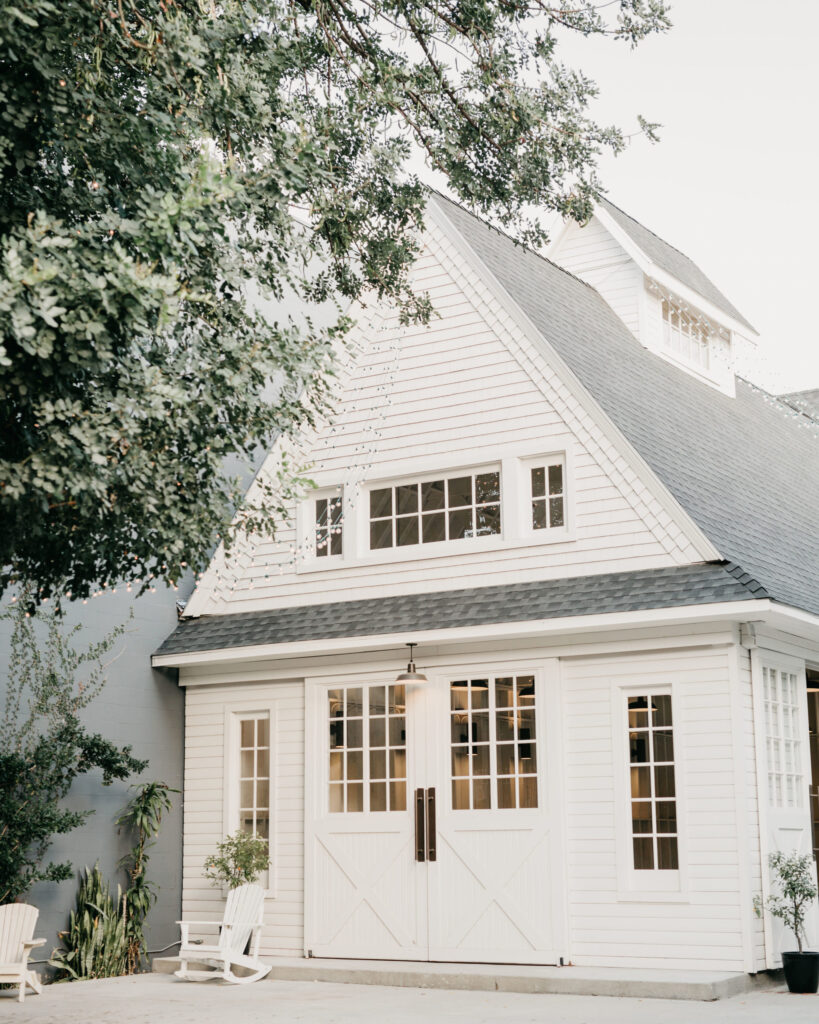
Are you in the market for a home renovation? If so, you may be wondering how you can make your renovation eco-friendly. There are many ways to do this, it just takes a bit of creativity and some planning. In this blog post, we will discuss five ways you can renovate your home in an eco-friendly and sustainable way.
Recycle Or Reuse Your Old Materials
When you’re renovating your home, it’s an excellent opportunity to recycle any old materials you may have lying around or even the materials you have removed from your home during your renovation. For example, if you’re replacing your flooring, why not consider recycling or donating the extra materials? Another great way to recycle old materials is by using them in new construction projects. For example, if you have some old cabinets or doors lying around, why not use them in your new renovation?
Consider Eco-Friendly Options
There are many eco-friendly options available when it comes to renovating your home. For example, you can choose low VOC paints and finishes, use natural materials wherever possible, or install energy-efficient appliances. When renovating, the outside area must be re-done too! When considering a new deck, consider contacting deck builders that make use of composite decking. By choosing eco-friendly options, you can help reduce your environmental impact and improve the sustainability of your renovation project.
Use Green Building Techniques
Green building techniques are those that minimize the negative environmental impact of a construction project. When renovating your home, consider using green building techniques such as water harvesting, daylighting, and natural ventilation. These techniques can help reduce energy use and save you money in the long run! In addition, using green building techniques can help you earn points towards LEED certification which may help you qualify for specific incentives hosted by your community.
As part of your green renovation, don’t forget about pest management. If your renovation involves significant changes to your home’s structure, such as new walls or foundations, it’s essential to ensure that any pest issues are addressed early on. Looking for pest control near me can provide eco-friendly pest prevention solutions, ensuring your home remains safe without compromising your sustainable approach.
Don’t Forget The Landscaping
When renovating your home, don’t forget about the landscaping! Landscaping can play a significant role in creating an eco-friendly home. For example, you can use drought-tolerant plants in your garden, install a rain barrel to collect rainwater for watering plants or create a compost bin to recycle organic waste. By incorporating these and other green landscaping techniques into your renovation project, you can help improve the sustainability of your home.
Think About The Future
When renovating your home, it’s crucial to think about the future. For example, when choosing materials and finishes, consider their durability and how easy they are to maintain. By selecting materials that are durable and easy to maintain, you can help reduce the amount of waste produced by your renovation project. Additionally, try to choose energy-efficient appliances and lighting fixtures that will save you money in the long run. By thinking ahead, you can help make your home more sustainable for years to come!
In conclusion, there are many ways you can renovate your home in an eco-friendly and sustainable way. Just be creative and think outside the box! By incorporating some of the tips we have discussed in this blog post, you can make your next renovation project more sustainable and environmentally friendly.








